Story by Brandes Elitch
Photos by Hugues Vanhoolandt unless otherwise noted
Click to ENLARGE
Arriving at the Bayonet and Blackhorse golf course in Seaside-Monterey on a beautiful Saturday morning in August, I wondered:
– How did they get a thousand cars so perfectly in positon that early in the morning?
-How did a country the size of Arizona come to make so many desirable cars?
-Just why are Italian cars so desirable?
I can’t answer all of these questions in this brief article, but let’s start at the beginning. The beginning happened thirty years ago, when Francis Mandarano came up with the idea of an all-Italian car show. In 1976, he started the Maserati Club International, and it quickly grew to 3500 members, which was pretty extraordinary by itself. 1986 saw the first Concorso, and 45 Maseratis were in attendance. I was there. Back then, you went to the track on Saturday and the Concours on Sunday, so there was no conflict for a Friday show. He wanted a low-key atmosphere, so he left the judging to the individual clubs, and he augmented it for the distaff side with a fashion show and Italian music. Right away, the show was a big hit. He deliberately didn’t invite Ferraris for the first few years, but once he did it became obvious that a) it changed the tenor of the show, and b) he needed a lot more room, hence a move to the Blackhorse golf course.
In 2003 he sold the Concorso. However, at that point, the Blackhorse course was being renovated, forcing an ongoing series of moves to other locations. In 2009, Tom McDowell bought the Concorso and set out to restore it to its former importance, which likely required a lot of blood, sweat, and tears on his part. McDowell must have had his doubts in the beginning. He has stated that he knew he was on the right track when the famous Ferrari designer Leonardo Fioravanti attended the show, and announced that it was fabulous and he had never seen anything like it. This was high praise indeed, as Fioravanti is the most prolific Ferrari designer ever, and has created at least a dozen of the most famous modern Ferraris. McDowell persevered. Of course, there is no event of this size and scope in Italy. McDowell has succeeded, no doubt, and last year the show returned to the Blackhorse site.
The Bayonet and Blackhorse golf course is located on what used to be Ft. Ord, a large military base from 1917 until it was decommissioned in 1994. Some readers may have passed through there on their way to Korea or Vietnam. Of the original 28,000 acres, roughly half is now the Ft. Ord National Monument. In 1954, the military constructed the Bayonet Golf Course. In 1964, the course was expanded to include a second course – Blackhorse, with panoramic views of Monterey Bay, a par 72 with a slope of 141 and a rating of 73.7. Golfweek rates it in their 2015 listing as the 15th best course in California and it has some tough competition, as 4 or the top 10 courses are in Pebble Beach alone! In short, it is the perfect venue for this, and surprisingly, there were no traffic jams getting in or out of the show, which was a big plus.
This year, each marque was displayed in its own area, typically with a club. The clubs included the following: Abarth, Alfa (two clubs), de Tomaso (2 clubs), Ferrari (2 clubs), Fiat, Iso and Bizzarrini, Lamborghini (2 clubs), and Maserati (2 clubs). There were special displays for the Lamborghini Aventador, and the Touring Berlinetta Lusso, and a few others. You had better have your walking shoes on for this show, and a big hat, because it is sunny and very hot, even though it is right next to Monterey Bay.
The features were as follows: a reunion of the Ferrari 250 GTE, the 25th anniversary of the Lamborghini Diablo, the 50th anniversary of the Iso Grifo, the “King of Spain” Maserati Quattroporte, the Touring Superleggera concept car, and Tom Meade’s Thomassima II. During the morning, cars are brought up to the grandstand stage area and the owners are interviewed. Each club has its own activities, and there are various vendor tents, so it is a busy place with a lot going on.
The official program included two very comprehensive articles (by Larry Crane and Wallace Wyss) about Tom Meade, the mysterious American who lived in Italy in the sixties and reconstructed or customized one-off high performance cars, sometimes based on used race cars, such as a GTO and a 330P. What a fascinating story!
The Thomassima II was probably the hit of the show. It was built on a Cooper type 43 Formula One frame with a Ferrari 250 GT motor, with a ZF front wheel drive gearbox that was inverted for mid-engine use. The bodywork was done by Drogo in Modena. It was sold to one Harry Windsor of Los Gatos, CA, just north of Monterey, who actually showed it at the 1968 Pebble Beach Concours! At one time, the third owner drove it into a tree and the tail was subsequently damaged when a wheel came off during towing. Fortunately, it was properly restored by Tim Taylor’s Red Car Restorations in Rockwall, TX, and on display in the Centerpiece section, on loan from the Ferrari Museum in Modena.
Coincidentally, this year the Ferrari Club of America national meet was being held in Monterey, so it is not surprising that there were a lot of Ferraris in attendance. Since it takes a full day to attend the Concorso, the Quail, and Pebble Beach, you have to wonder where people find the time to attend all of other events in the area during Car Week, but it is just a matter of priorities, I suppose. If you have a Ferrari, you must be good at setting priorities, including choosing the right parents!
With a thousand cars on display, it is a challenge to single out some photos of the most interesting ones. Our intrepid photographer, Hugues Vanhoolandt, made the trip out from Belgium for the ninth time to shoot just about everything on the Peninsula. I don’t know how he does it, but I am sure pleased that he does. By now he must have one of the largest photo archives in the automotive world. Incidentally, VeloceToday is just about to publish a book on the history of the Lancia Loraymo, and Hugues was able to furnish complete photos of the fully restored car from his archives, probably the only place we could have obtained those. His photos make this story come alive for readers not able to be able to make the trek to Monterey, and we are grateful for his help.
Choosing a favorite from all of this is a personal choice. For me it was the special Maserati Quattroporte built for the King of Spain. It is one of two constructed; the King’s friend, the Aga Khan, had a similar car. I have owned a Quattroporte for perhaps 20 years and thought I knew something about them, but I have never even seen a photo of this car. It resides in the car museum at what used to be Riverside International Raceway which closed in 1988. The late Doug Magnon assembled an awesome collection of Maseratis and other historic race cars there. Doug passed away earlier this year. He was only 55 years old. He optimized the knowledgeable collector that we aspire to be, and his presence was missed during the weekend.
Oh, and what about why knowledgeable collectors want to own an Italian car? Much has been written about this, and there are a lot of theories, some of which are:
-Italians are passionate people – it is their way of life and affects everything they do. That isn’t to say that Americans are not passionate, just not as passionate.
-Italian auto manufacturers are focused on design. Our manufacturers, notably GM, have been focused on finance, dealers, focus groups, benchmarking, and marketing, not the product.
-Italian drivers are passionate about driving, okay, reckless.
-All Italian manufacturers got their start in motorsport and have been actively involved in motor racing activities since the beginning of their existence.
-Rallying is a Big Thing in Europe. It doesn’t even exist in the U.S.
As a result, all Italian vehicles have a sporting heritage and some sporting attributes, and they are almost always attractive to just look at, so it should not be surprising that so many knowledgeable collectors have one in their garage.
Next year, the Concorso will be held on August 20. You might want to start planning now.
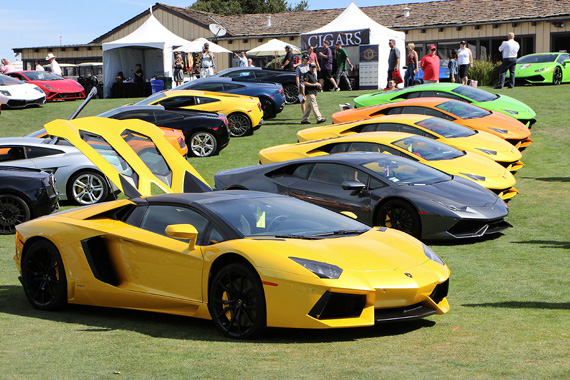
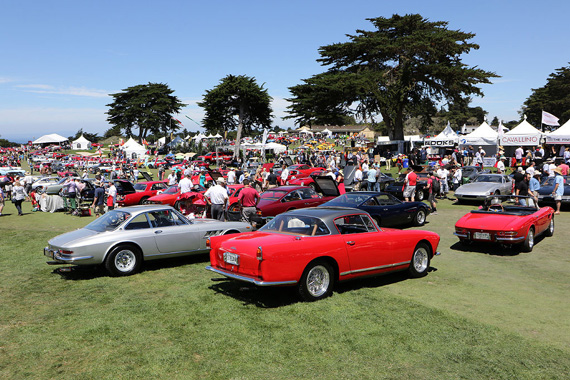
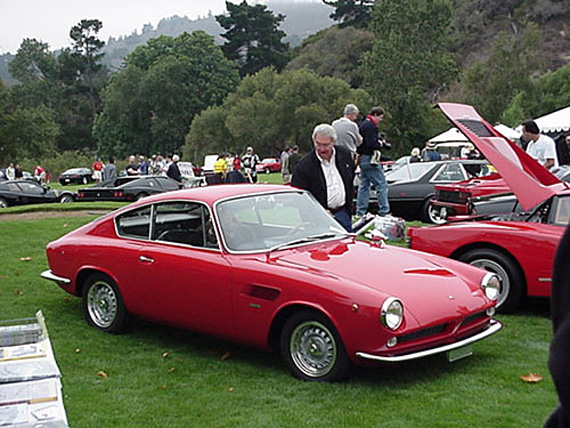
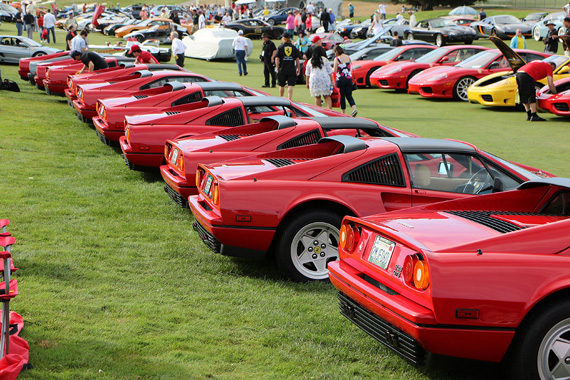
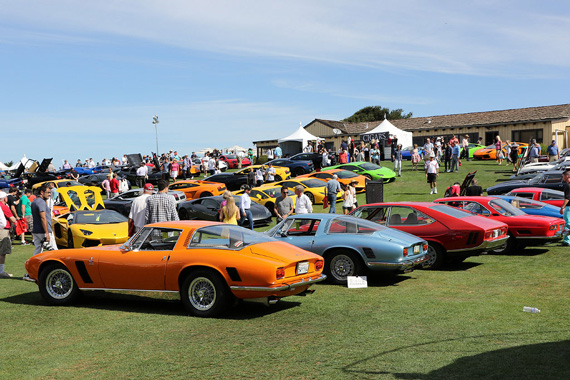
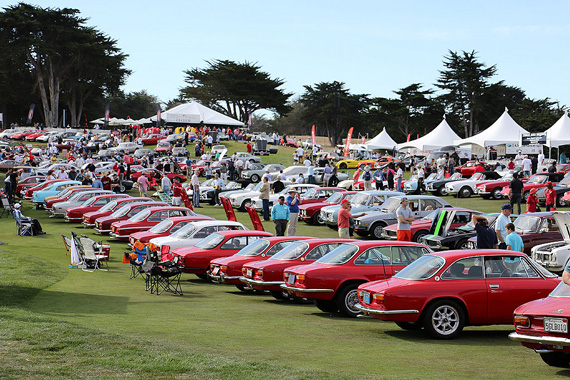
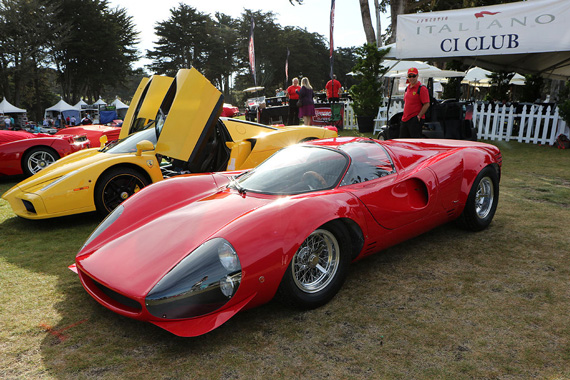
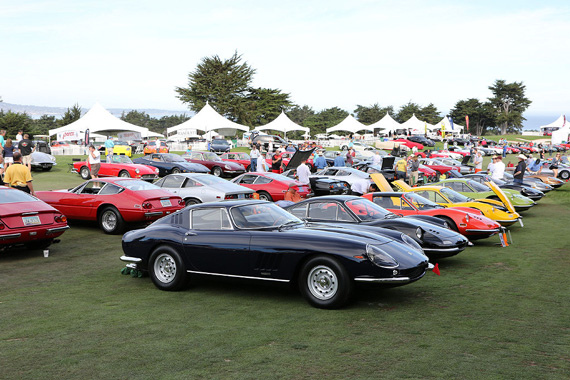
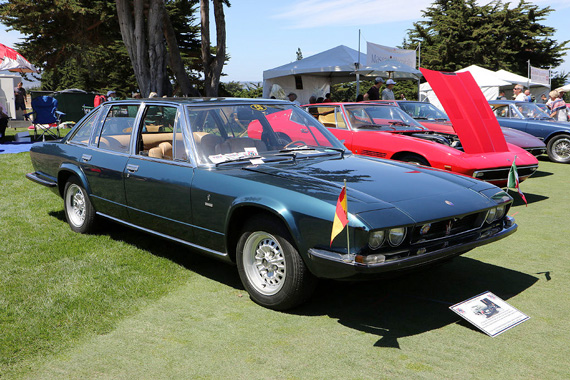
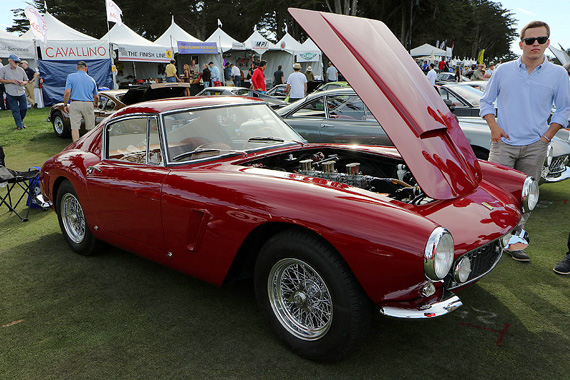
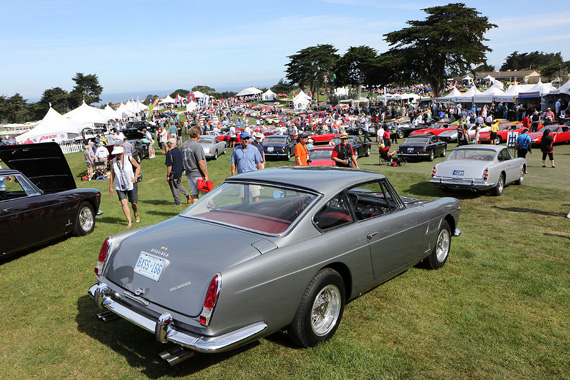
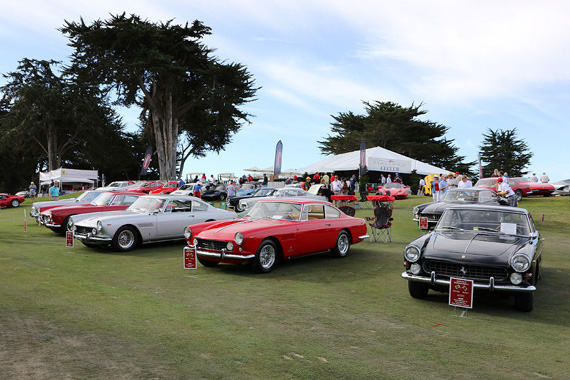
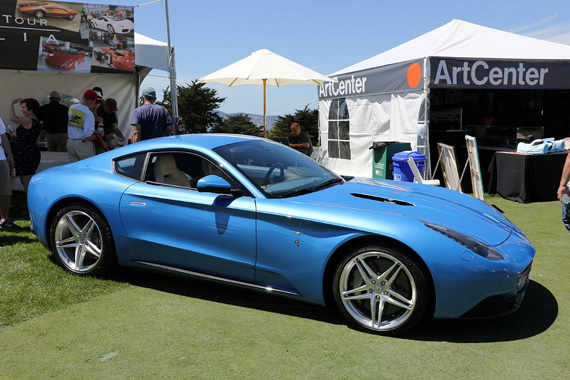
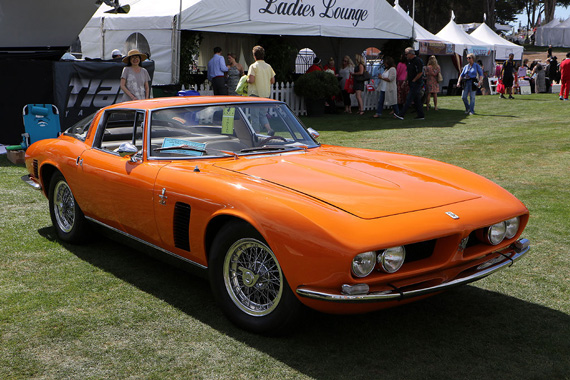
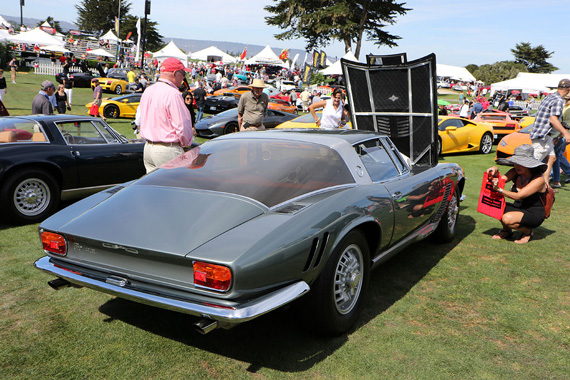
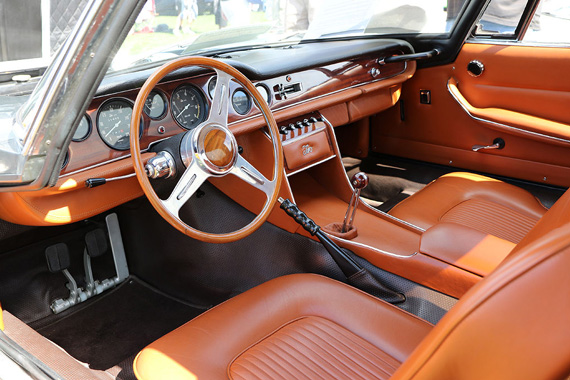
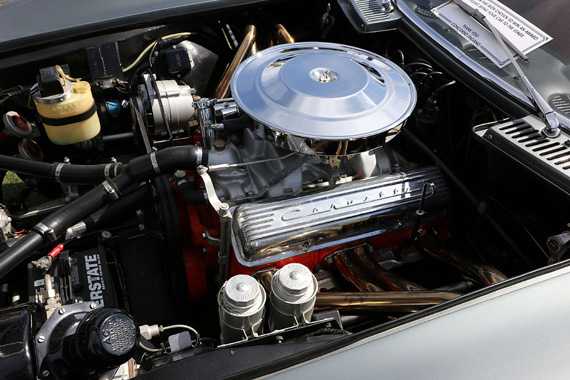
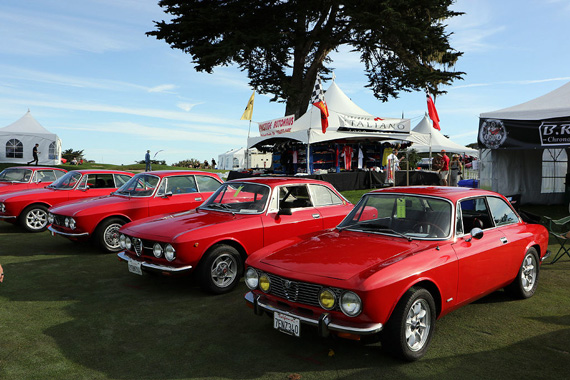
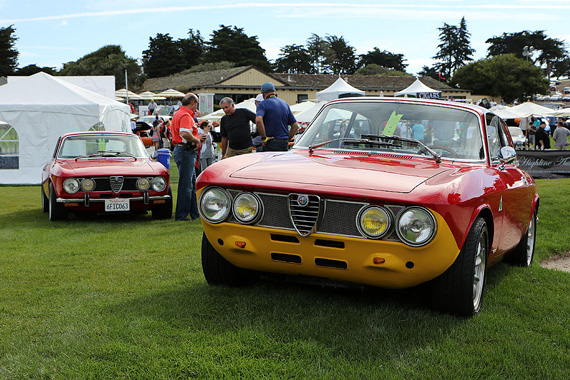
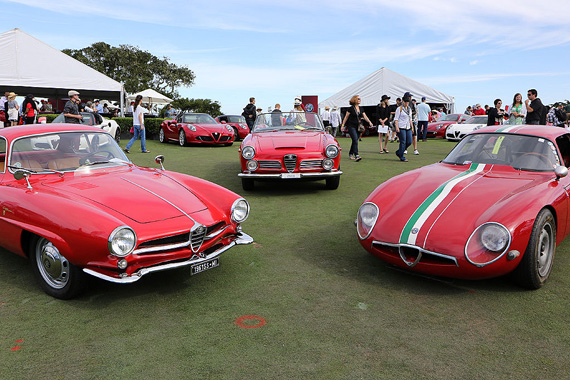
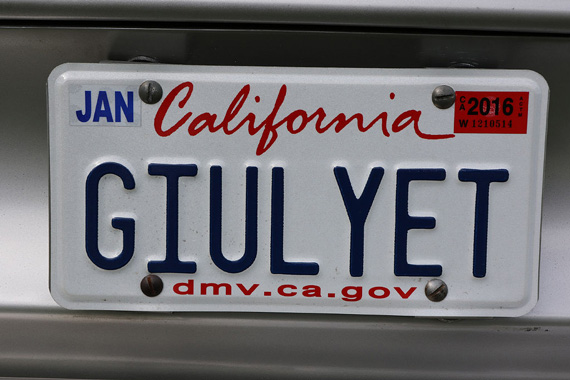
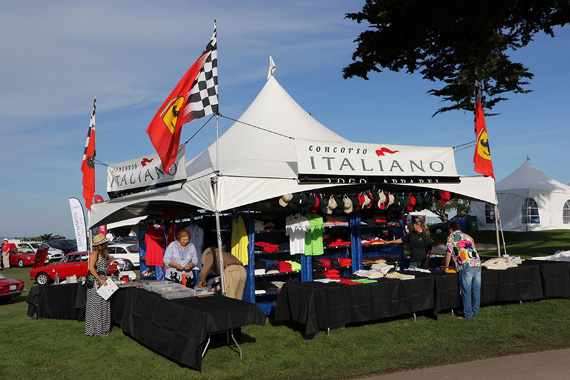
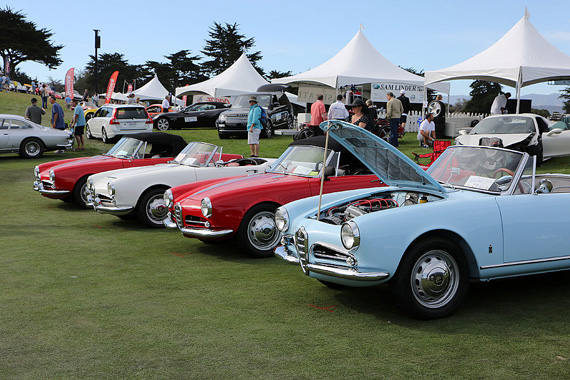
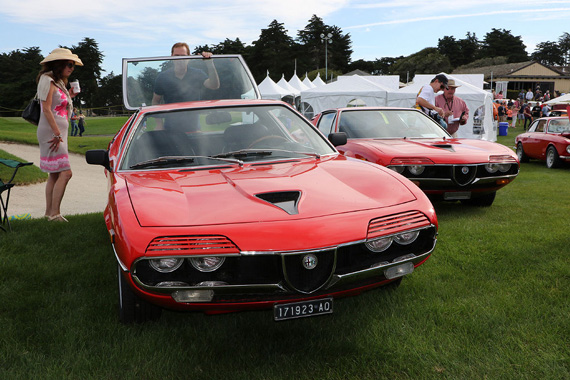
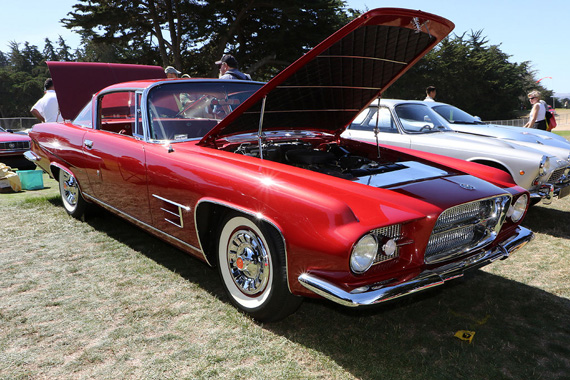
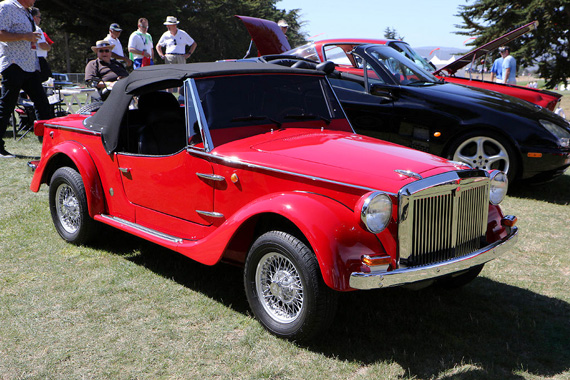
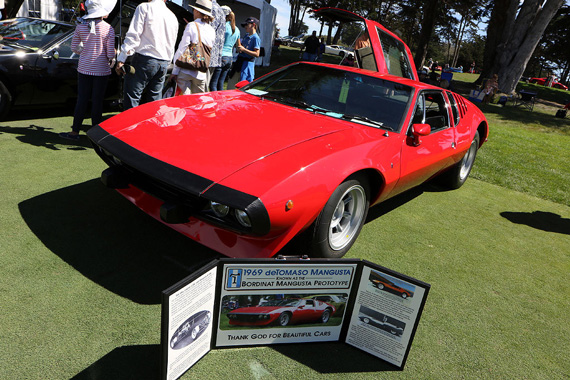
I WISH I COUL”DA BEEN THERE BUT BRANDES ELITCH’ COVERAGE IS THE NEXT BEST THING> KUDOS! Richard Kreines
“-All Italian manufacturers got their start in motorsport and have been actively involved in motor racing activities since the beginning of their existence.”
All except one of the oldest. Vincenzo Lancia raced for FIAT before starting his own firm, but he decreed that his firm wouldn’t race. So it wasn’t until some time after his death–until the firm had been building cars for nearly half a century–that his son Gianni began a racing program. Over the subsequent +/-40 years Lancia made up for their late start, but they weren’t involved in racing from the beginning of their existence.
Great article for those who couldn’t be there. So glad you included your explanation on why things are the way they are! Excellent capsulization of what makes the fascination with Italian unique and rational. I have been fascinated since freshman year in college when a roommate came back in a Fiat 124 coupe; been hooked ever since. Like I tell people you haven’t lived until you’ve had an Italian car! The Concourso is at the top of my bucket list.
Best concorso I have ever attended and I have been to most of them. My little Giulia step nose 69, was lost in a sea of red Alfas, but they are great little cars. Next year I’ll bring my Siata Gran Sport.
Special Thanks to the Alfa People for the super breakfast rolls & coffee, followed later with a luncheon buffet & cold beverages.